Why Some Scientists Believe The Dinosaur Age Never Really Ended
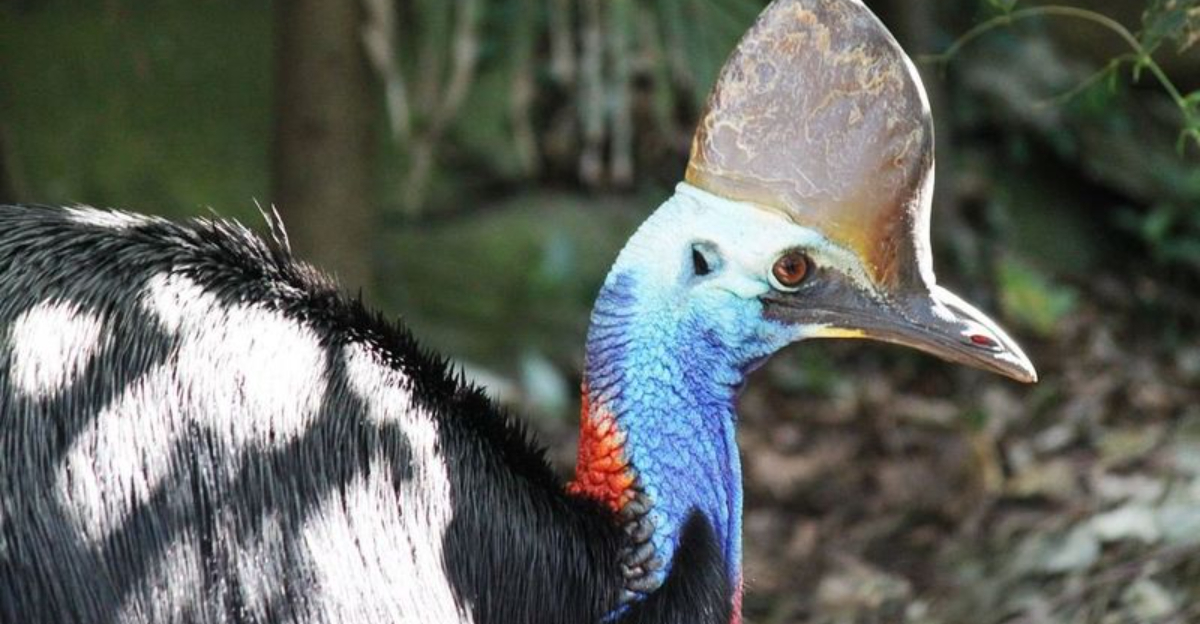
When we think about dinosaurs, most of us picture massive creatures that disappeared millions of years ago.
But what if they never truly vanished? A growing number of scientists propose that dinosaurs continue to exist around us in evolved forms. The evidence might surprise you – and change how you look at the world outside your window.
1. Birds Are Modern-Day Dinosaurs

Look up at the sky – those feathered flyers are actually dinosaur descendants! Paleontologists now classify birds as avian dinosaurs, a branch that survived the mass extinction event 66 million years ago.
When you feed pigeons in the park, you’re essentially interacting with modified dinosaurs that adapted to survive in our modern world.
2. Similarities Between Birds And Dinosaurs
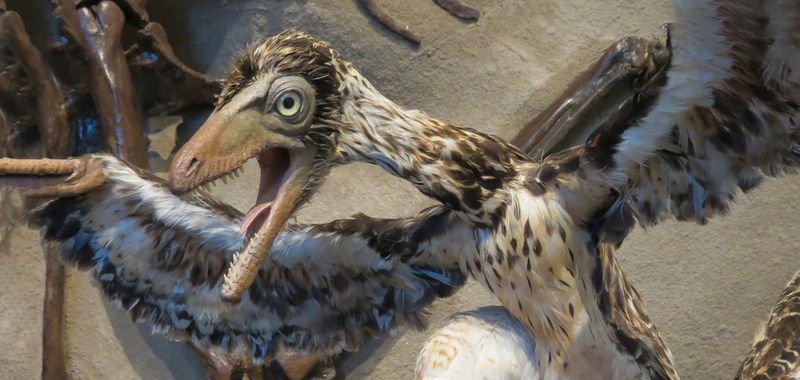
Ever noticed a chicken’s scaly feet? They’re remarkably similar to dinosaur feet! From hollow bones to nesting behaviors, birds carry numerous dinosaur traits.
The discovery of feathered dinosaur fossils in China during the 1990s revolutionized our understanding of this connection. Even T-rex might have sported primitive feathers!
3. Fossil Evidence Of Dinosaur-Like Features In Modern Animals
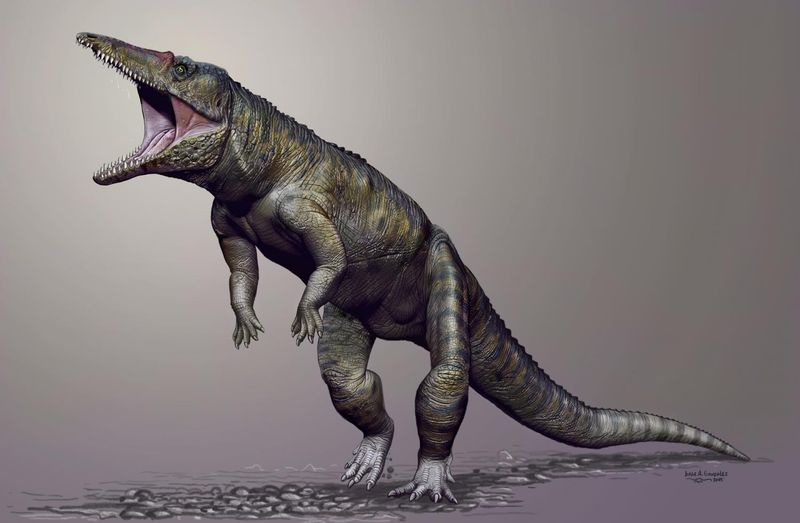
Crocodiles haven’t changed much in 200 million years. Their body structure, predatory behaviors, and even parental care mirror many dinosaur characteristics found in the fossil record.
Monitor lizards display remarkable similarities to certain dinosaur species too. Their forked tongues, powerful tails, and walking gait preserve ancient reptilian features from the Mesozoic era.
4. The Discovery Of Dinosaur DNA
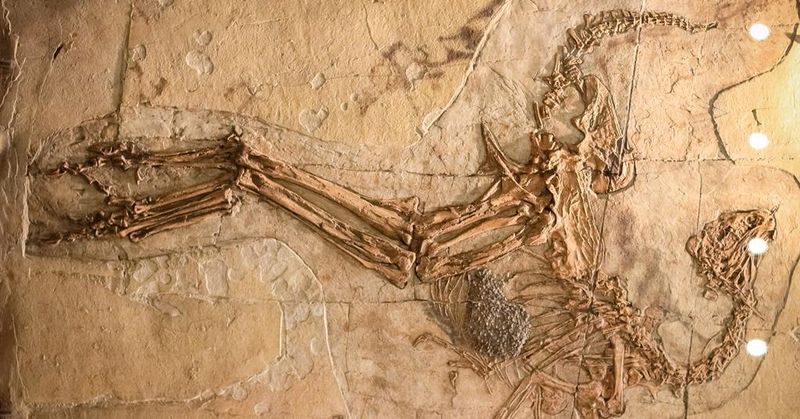
In 2020, researchers identified preserved cartilage cells in a 75-million-year-old dinosaur fossil. These cells contained what appeared to be fragments of original DNA molecules!
Though complete dinosaur DNA recovery remains elusive, these discoveries suggest genetic connections between extinct dinosaurs and their modern descendants. The genetic blueprint continues through time.
5. The Survival Of Reptilian Traits In Modern Species

Alligators produce the same throat calls dinosaurs likely made. Their complex vocal abilities weren’t developed recently – they’re ancient communication methods preserved through time.
Turtles display body armor similar to ankylosaurs. Their protective shells evolved from ribs expanding outward, following evolutionary pathways established during dinosaur times.
6. The End Of The Dinosaur Age Was Gradual

Contrary to popular belief, dinosaurs didn’t vanish overnight. Fossil records reveal a gradual transition spanning millions of years as dinosaur species evolved into new forms.
Many smaller dinosaur species adapted to changing conditions after the asteroid impact. While T-rex disappeared, its distant cousins survived by shrinking, changing diets, and developing new survival strategies.
7. Evidence Of Dinosaur-Like Behavior In Modern Birds

Male frigatebirds inflate bright red throat pouches during mating displays – a behavior strikingly similar to what we believe certain dinosaurs did with colorful crests and frills.
Cassowaries defend territory with powerful kicks capable of killing humans. This aggressive defense mirrors raptor dinosaurs’ fighting techniques preserved across 66 million years of evolution.
8. Dinosaurs Survived In Isolated Environments
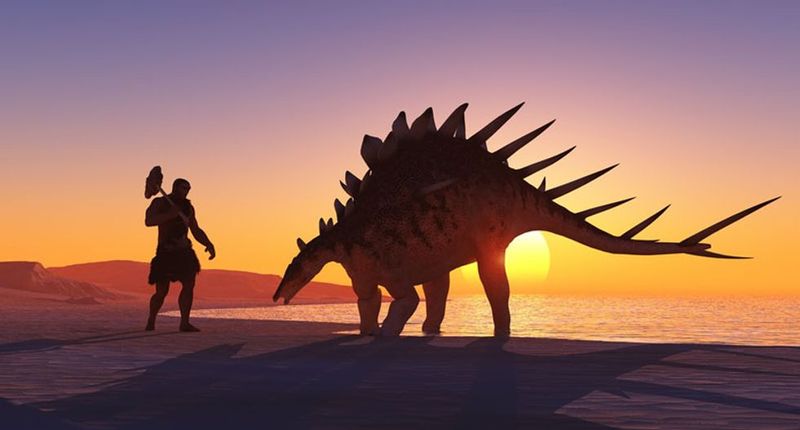
After the asteroid impact, small pockets of dinosaur populations likely survived in protected ecological niches. Islands, caves, and remote forests may have sheltered these survivors.
These isolated groups evolved rapidly to adapt to their specific environments. Over generations, they transformed into the diverse bird species we see today while maintaining core dinosaur characteristics.
9. Fossil Records Suggest Continuous Evolution

Archaeopteryx, a 150-million-year-old fossil, shows a perfect transition between dinosaurs and birds. It had teeth, a bony tail, and clawed wings – half dinosaur, half bird!
The fossil record contains numerous such transitional species. Each new discovery fills gaps in our understanding of how dinosaurs gradually transformed rather than simply disappearing.
10. The Theory Of “Living Fossils”
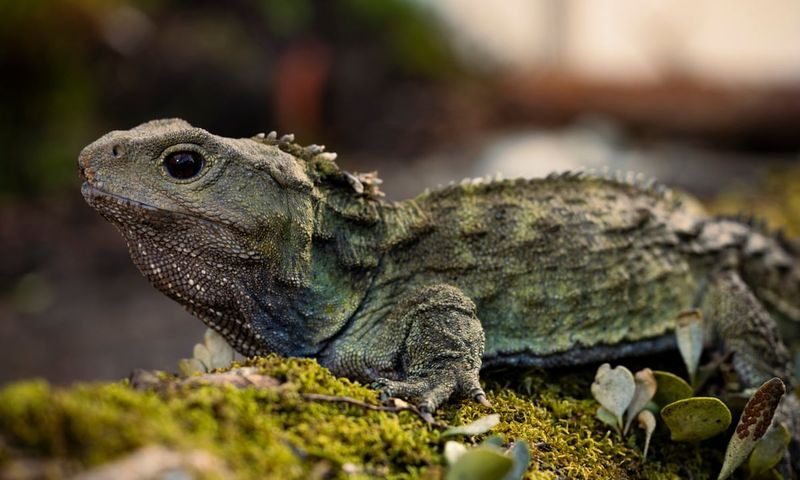
The tuatara of New Zealand appears unchanged for over 200 million years. This remarkable reptile shared the planet with dinosaurs and retains unique features from that era, including a third eye on top of its head!
Similarly, horseshoe crabs have remained virtually identical for 450 million years. These living time capsules demonstrate how ancient lineages can persist through major extinction events.
11. Dinosaurs’ Influence On The Development Of Mammals
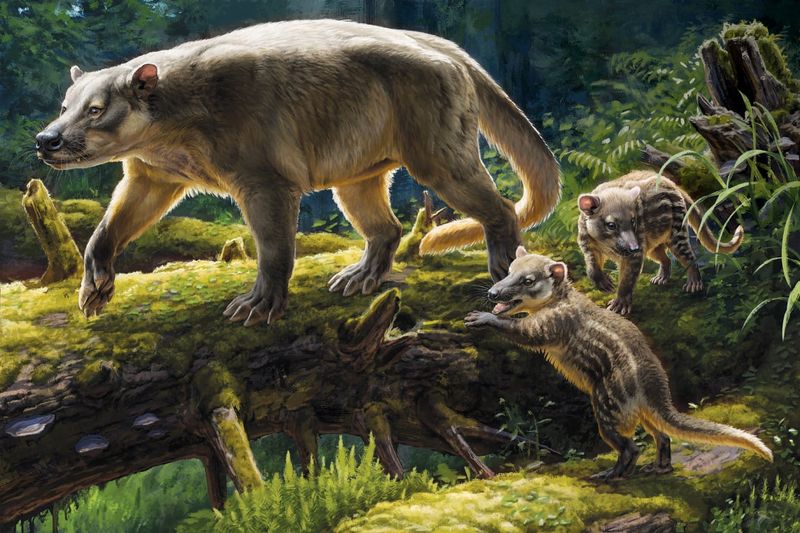
Early mammals evolved alongside dinosaurs, developing nocturnal habits to avoid becoming dinner. Our distant ancestors were small, shrew-like creatures hiding from dinosaur predators.
After large dinosaurs disappeared, mammals expanded into vacant ecological niches. Yet they carried adaptations developed during dinosaur times – night vision, keen hearing, and social behaviors that originated as survival strategies.
12. Ongoing Dinosaur Evolution Through Birds
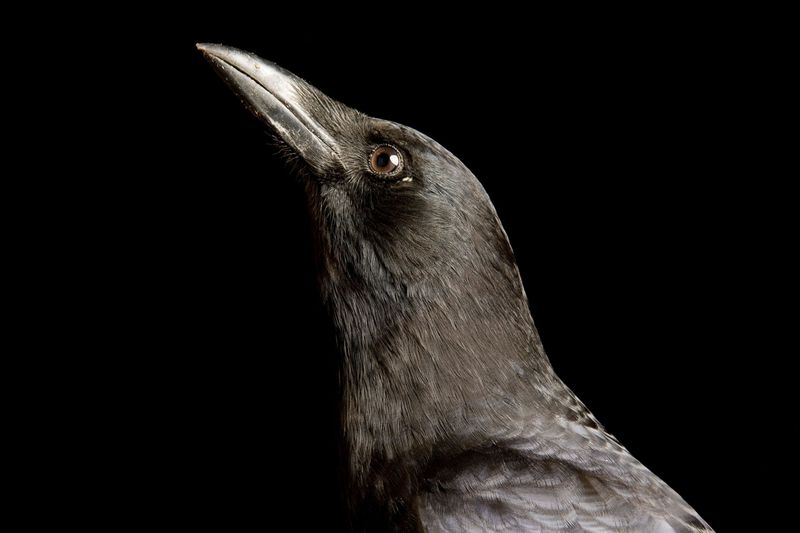
Ravens solve complex puzzles and recognize human faces – cognitive abilities that evolved from dinosaur brains! Their problem-solving skills showcase how dinosaur intelligence continues developing today.
Hummingbirds’ incredible flight capabilities represent advanced dinosaur movement. Their ability to hover and fly backward demonstrates how dinosaur locomotion evolved into something even more sophisticated over millions of years.
13. The Persistence Of Dinosaur Traits In Today’s Ecosystem

Ostriches dominate grasslands just as grazing dinosaurs once did. Their powerful legs can deliver lethal kicks, and they maintain social structures similar to those of their dinosaur ancestors.
Seabirds like albatrosses fill ecological roles once occupied by flying reptiles. Their global migrations and fishing techniques evolved from ancient patterns established when pterosaurs ruled the skies.






